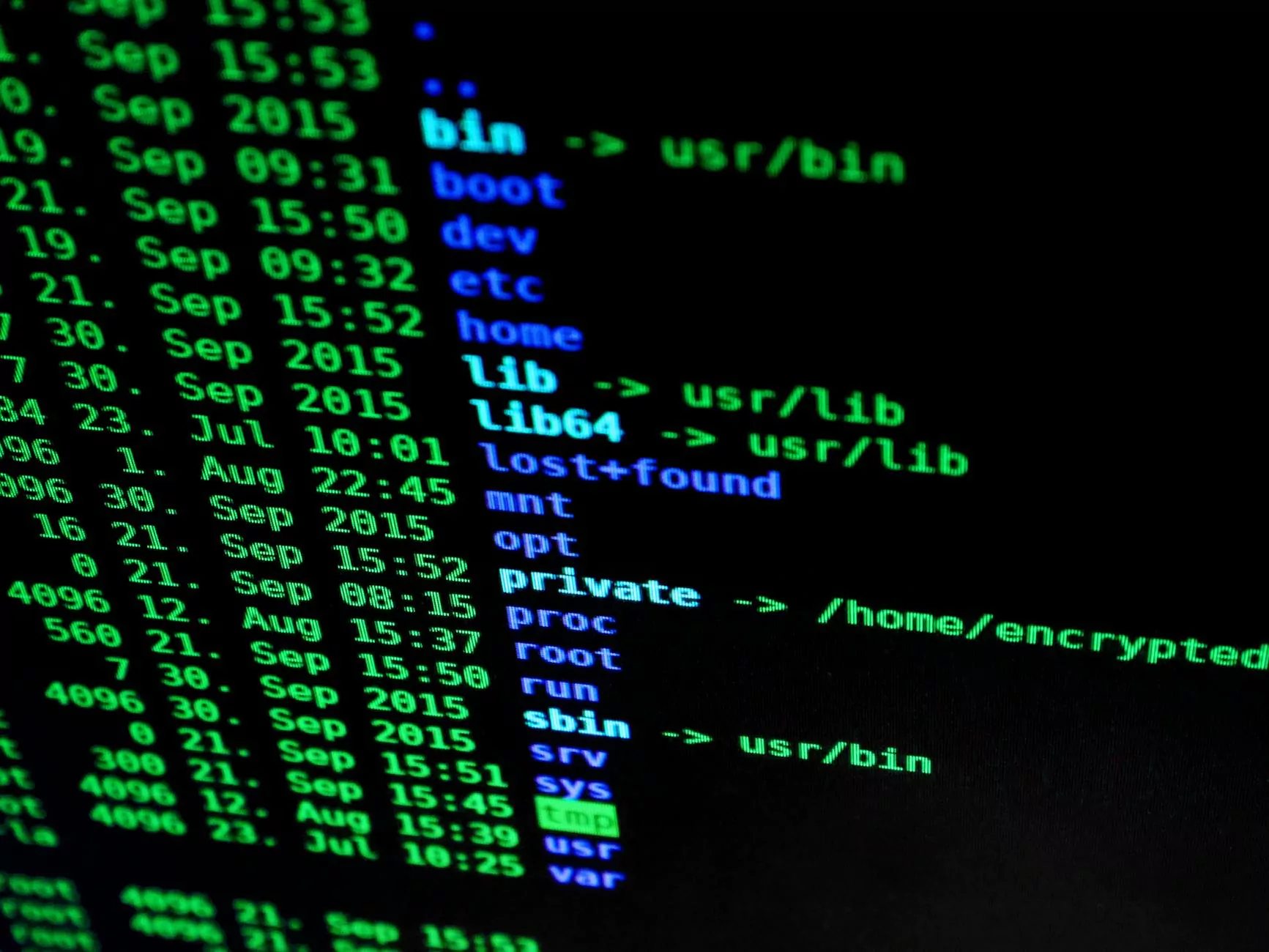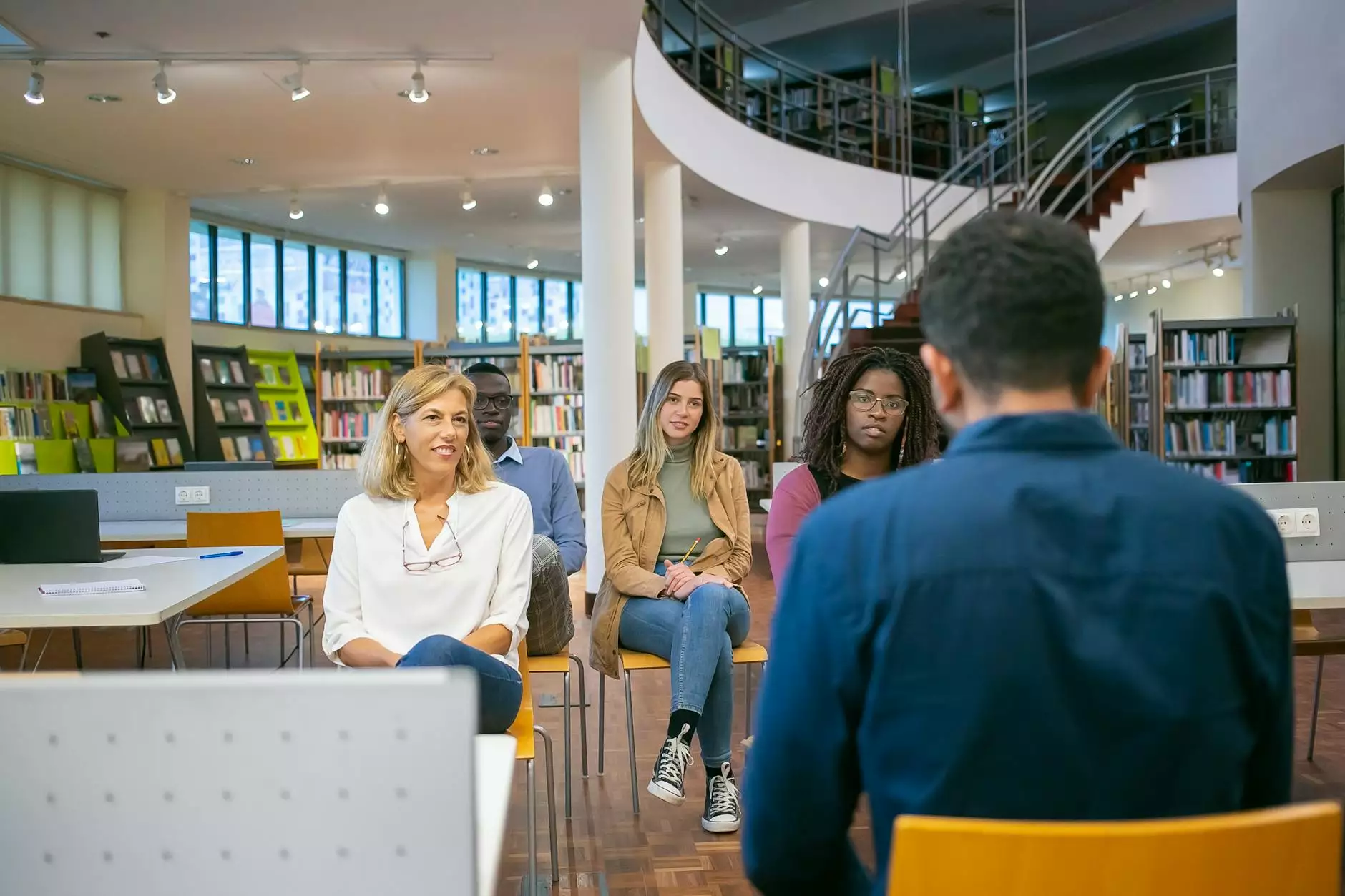Teaching Students to be Global Citizens

Introduction
In this increasingly interconnected world, it is essential to equip students with the skills and knowledge required to become global citizens. As educators, it is our responsibility to cultivate global awareness, promote cultural understanding, and foster empathy among young learners. By integrating effective strategies and utilizing educational resources, we can guide students towards a more inclusive and globally-minded mindset.
Why is Teaching Global Citizenship Important?
Global citizenship goes beyond traditional classroom learning. It encompasses the development of skills that enable students to engage with diverse perspectives, understand complex global issues, and take action towards positive change. By teaching students to be global citizens, we empower them to become active participants in shaping a better world.
1. Cultivating Global Awareness
Cultivating global awareness involves immersing students in diverse cultural experiences, exploring global issues, and developing a deeper understanding of the interconnectedness of our world. Encourage students to critically analyze global challenges such as climate change, poverty, and inequality. Through discussions, projects, and interactive activities, students can broaden their perspectives and gain a comprehensive understanding of global issues.
2. Promoting Cultural Understanding
Promoting cultural understanding is an essential aspect of teaching students to be global citizens. By learning about different cultures, customs, languages, and traditions, students develop empathy, respect, and appreciation for diversity. Encourage students to engage in cross-cultural exchanges, participate in multicultural events, and collaborate with peers from different backgrounds. These experiences foster tolerance and promote cultural harmony.
3. Fostering Empathy and Compassion
Empathy and compassion are crucial qualities for global citizens. By teaching students empathy, we enable them to recognize and understand the challenges faced by others worldwide. Encourage students to engage in community service projects, volunteer work, and initiatives that address social issues. Through these experiences, students learn to take action, make a difference, and develop a sense of responsibility towards creating a more equitable world.
Strategies for Teaching Global Citizenship
To effectively teach students to be global citizens, it is important to incorporate various strategies into the educational curriculum. Here are some strategies that can be implemented to cultivate global citizenship:
1. Incorporate Global Issues into Lessons
Integrate global issues into various subjects by incorporating real-world examples and case studies. For example, explore the impact of climate change on different regions in science class or discuss social justice movements in history lessons. By connecting lessons to global issues, students develop a deeper understanding of the interconnectedness between their local community and the wider world.
2. Encourage Experiential Learning
Encourage students to engage in experiential learning opportunities that allow them to interact with different cultures and communities. Field trips, cultural exchanges, and virtual collaborations with schools from different countries provide invaluable experiences that help students develop a global perspective.
3. Foster Cross-Cultural Communication
Facilitate cross-cultural communication by creating opportunities for students to connect with peers from different backgrounds. Use technology to enable students to engage in virtual classroom exchanges, video conferences, or pen-pal programs. These interactions promote dialogue, understanding, and appreciation for cultural diversity.
4. Integrate Technology and Digital Resources
Utilize technology and digital resources to bring the world into the classroom. Use online platforms, educational websites, and multimedia resources to explore different cultures, current events, and global issues. Virtual simulations and online collaborations can provide immersive learning experiences for students, allowing them to engage with global perspectives.
Conclusion
By teaching students to be global citizens, we equip them with essential skills and knowledge for the interconnected world they live in. Cultivating global awareness, promoting cultural understanding, and fostering empathy are key components of developing global citizenship. By incorporating effective strategies and educational resources, educators can empower students to become active contributors to a more inclusive and sustainable future.









